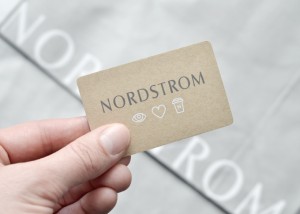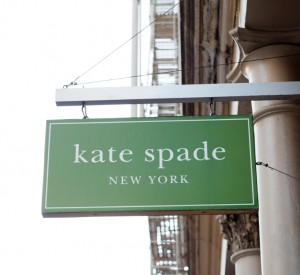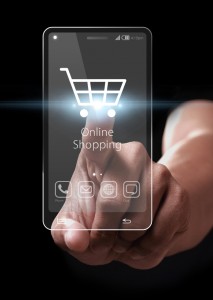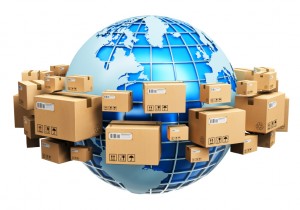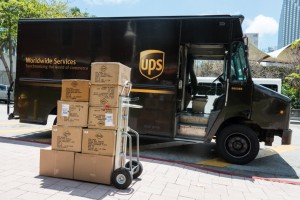What makes online retail a gold mine is that it’s limited only by the innovation of the retailers themselves. It is companies like Amazon that are showing others how to get it done, by maximizing their e-commerce potential. Nordstrom is one department store leader that is looking to get a grasp on balancing online profit and the very costs of providing it. Nordstrom Chief financial officer Mike Koppel talked about in a recent article regarding Nordstrom’s dilemma. He stated if “anyone out there” who has figured it out, because “we have a lot of work to do.”
The report from the Internet Retailer via Bloomberg News stated that Nordstrom expect online sales to account for 30% of its’ business by 2020. This shows that there will be some form of uptick for the retailer with shoppers desiring to shop online. Online retail itself is set to reach $500 billion by 2018. As time goes on and business trends begin to evolve, e-commerce is going to take a greater role in generate revenue for brick-and-mortar stores like Nordstrom. The key moving beyond the obstacles in its way.
Koppel talked about in the article what Norstrom was facing and what was hurting the company’s bottom line. The article stated, “He explained that the “old model”—big physical stores located mostly in malls—came with high fixed costs, but high leverage. In other words, you had to pour a lot of money into literal bricks and mortar to build stores and train staff, but once your sales reached a sort of break-even point, all the rest was gravy. In essence, the money from a banner sales year could flow straight down to the bottom line once those initial costs were paid for. And that became pretty easy to anticipate and plan against.
Enter the Internet, where the promise of high profits came from the theory that a retailer could sell stuff without having to pay for the overhead expenses of operating locations and hiring lots of labor. Not exactly”, Koppel said.What’s happening is online sales comes with low fixed costs, but the price tag has high variable costs. This means that the more Nordstrom sells online, the more it spends on operating costs, such as pick, pack and deliver those goods. And now, “business has been flattening in malls and growing in e-commerce, and so the two strong trends are impacting operating margins,” Koppel told analysts. The great thing going for Nordstrom is that its’ customers who shop both online and in stores spend three to four times as much there than those who shop just one channel. Nordstrom may be able to do what some other big name retailers have done, which is implement online store pick up and Same-Day Delivery. Macy’s and Wal-Mart have all implement both services.
A Same-Day Courier like 1-800 Courier is a viable option to develop cost-effective, same-day service solutions that will attract online shoppers by meeting a demand for convenience. Technology is driving online growth and the Boston Courier has the delivery expertise to take Nordstrom to the next level online.
Reference: 3.14.16, www.internetretailer.com, Bloomberg News, E-commerce eats into Nordstrom’s profits, and that’s OK

